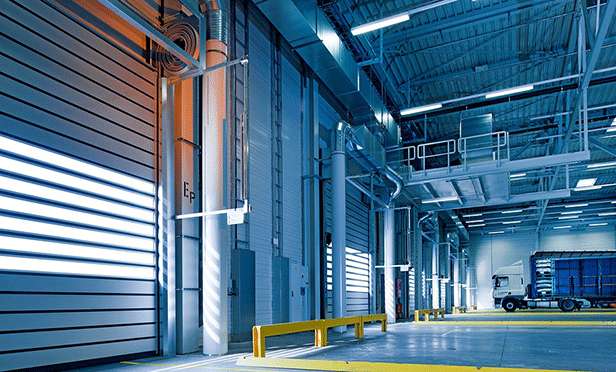A second consecutive year of record sales had some bullish on the prospects of single tenant net lease (STNL). The sentiment was underscored by a strong first half of 2022 which saw the asset class hit an all-time high of $40.1 billion in investment sales. But, as Colliers' mid-year report found, reasons for concern abound. The change has a source familiar to investors, says Aaron Jodka, the company's director of research, US Capital Markets.
"The effects of increased borrowing costs began to show in the data," said Jodka. "What became clear was that STNL sales activity from the first to second quarter showed signs of softening, with volume declining across all three asset classes when compared to the opening quarter and year over year. We expect [higher capital costs] to remain a main factor in market activity through the remainder of 2022 and into 2023. Re-trades are also commonplace today."
After a first half that brought a 12% increase from the previous, record year, Colliers reported sales volume in the second quarter fell 35% from the opening three months of 2022 and 17% year over year. Also, deal count was down 42% compared to 2021.
Recommended For You
Not surprisingly, STNL investors reliant on debt are facing the biggest challenges in the market as increased interest rates have squeezed margins. Buyers can even find themselves in a negative leverage position in some cases when assets trade at low cap rates. As a result, cash buyers are benefitting from less competition than in recent years. Jodka adds that 1031 exchange private investors are still active given their tight timeline in which to redeploy capital.
Industrial Strength
In a broader, multi-year sector change, Colliers reports that STNL investors continue to pivot capital to the industrial asset class. In the first half of 2022, 52% of all STNL volume was industrial-driven, a substantial change from the 10-year average of 40% for the asset class.
"Today's investors are looking for massive rent upside – industrial buyers are seeking short-term leased assets to get to the rent roll and mark-to-market below market rents," said Jodka, sharing a recent deal example where a less than 250,000-square-foot industrial property with a strong credit tenant in a prominent submarket attracted a strategic core investor willing to pay a record-setting price. "Rent growth has also been substantial, particularly in supply-constrained markets, offering long-term value upside."
Despite the current challenging capital market environment, the STNL sector will continue to offer major core advantages, including predictable and long-term cash flow and minimal landlord responsibilities. Retail product has shown resiliency thanks in part to omnichannel momentum, and highly amenitized class-A office is outperforming the broader market.
"Investors are still sitting on tremendous uninvested capital, including private equity investors, which have raised billions of dollars to deploy into the STNL space," Jodka added.
© 2025 ALM Global, LLC, All Rights Reserved. Request academic re-use from www.copyright.com. All other uses, submit a request to [email protected]. For more information visit Asset & Logo Licensing.







